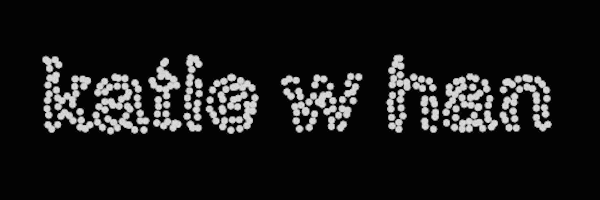About Interaction Design
As Chris Crawford states in the opening of his book The Art of Interactive Design: A Euphonious and Illuminating Guide to Building Successful Software, the term ‘interactivity’ has been overused in the past (two) decade(s). Naturally, such irresponsible and excessive use of the buzzword has evoked resentment from experts in the area; Bret Victor’s “brief rant” on the subject matter can be seen as a manifestation of such sentiments.
Both authors focus on the importance of considering basic human behavior and capabilities when designing interaction. Crawford repeatedly brings up the most fundamental form of interactivity known to people: conversation. With the introduction of automated interactivity between humans and computers, we should draw elements from the traditional form of interaction between humans and humans. Victor, on the other hand, emphasizes the variety of cues and signals we can pick up from using our hands. Simply swiping our fingers on a touch screen is not an optimal nor intuitive way to interact with the processing mind of a computer. There must be a better way to utilize the full capability of our hands (and the rest of our bodies) when conversing with a thinking machine.
These arguments spoke to me deeply — it is exactly the type of concern I had developed while working in the tech industry. We would talk at length about user-centered and customer-driven approaches for our product; however, the limitations posed by the platform of a web application were never discussed. Designing and implementing both desktop and mobile experiences (a keyboard-and-mouse interaction and a touch screen interaction) ended up being the extent of our jobs. I am looking forward to learning more about interaction design and perhaps contributing to a meaningful solution.
References
Crawford, The Art of Interactive Design, chapters 1 and 2.
Bret Victor, “A Brief Rant on the Future of Interaction Design”

